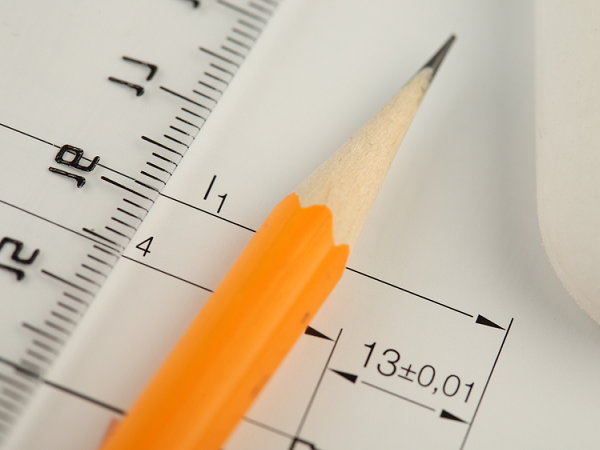Instruction
1
Rectangle.Task: compute the area of a rectangleif you know its perimeter is 40 and the length b is 1.5 times the width a.
2
Solution.Use the well-known formula of the perimeter, it is equal to the sum of all sides of the figure. In this case, P = 2•a + 2•b. From the initial data of the problem, you know that b = 1,5•a, therefore P = 2•a + 2•1,5•a = 5•a where a = 8. Find the length of b = 1.5 x 8 = 12.
3
Write down the formula for the area of the rectangle:S = a•b,Substitute the known values:S = 8•*12 = 96.
4
Square.Task: find the area of a square if the perimeter is 36.
5
Solution.A square is a special case of rectangle where all sides are equal, so the perimeter is 4•a where a = 8. The area of a square define by the formula S = a2 = 64.
6
Triangle.Problem: suppose that we are given an arbitrary triangle ABC with a perimeter of 29. Find out the magnitude of its area, if it is known that the height BH, descended on the AC side, and divides it into segments of lengths 3 and 4, see
7
Solution.First recall the formula for area of a triangle:S = 1/2•c•h, where c is the base and h is the height of the figure. In our case, the basis is the AC side, which is known according to the problem: AC = 3+4 = 7, it remains to find the height BH.
8
The height is a perpendicular drawn to the side from the opposite vertex, therefore, it is to divide the triangle ABC into two right-angled triangles. Knowing this property, consider the triangle ABH. Remember the formula of Pythagoras that:AB2 = BH2 + AH2 = BH2 + 9 → AB = √(h2 + 9).In the triangle BHC on the same principle record:BC2 = BH2 + HC2 = BH2 + 16 → BC = √(h2 + 16).
9
Apply the formula for perimeter:P = AB + BC + Aspositive values expressed through the height:P = 29 = √(h2 + 9) + √(h2 + 16) + 7.
10
Solve the equation:√(h2 + 9) + √(h2 + 16) = 22 → [replace t2 = h2 + 9]:√(t2 + 7) = 22 - t, lift both sides of the equality to the square:t2 + 7 = 484 – 44•t + t2 → t≈10,84h2 + 9 = 117,5 → h ≈ 10,42
11
Find the area of triangle ABC:S = 1/2•7•10,42 = 36,47.
